Using Trail Cameras to Make Buck Harvest Decisions
In the past, making a harvest decision was done in the 10 seconds between catching a glimpse of a buck chasing a doe through the woods and pulling the trigger. Decisions being made in a split-second are many times not good ones. We have all learned from making these quick, uninformed decisions. With the increasing popularity of trail cameras, more and more hunters and deer managers are making educated harvest decisions before the season to improve the deer herd and quality of the hunting experience. We can use trail cameras to document trends in population dynamics and when to harvest certain bucks. Using cameras to take manyof pictures of individual bucks provides the tools we need to accurately age a buck on the hoof. Many QDM-managed properties are harvesting 4+ year old bucks, giving them time to reach their antler quality potential and improving the buck age structure.
Using cameras during late summer/early fall (before acorns begin falling) baiting deer to camera sites (where legal) is the ideal time to get pictures of the majority of bucks on your property. This gives you the opportunity to get several pictures of individual bucks allowing for a more accurate estimation of age. If you have missed this window of time, placing cameras in hot feeding areas or on well-traveled trails can also provide great photo opportunities. You can also make decisions on which bucks to harvest, tailored to your individual management objectives for the property you hunt. By doing this each year, you will begin to compile individual buck pictures that you can use to help age bucks and monitor antler quality among select bucks over time. This provides more data to make educated harvest decisions. After developing a portfolio of unique bucks, you can begin to classify bucks in “shoot” and “do not shoot” categories, to help aid in protecting top-quality young bucks that have potential to become a trophy in a couple of years.
It is also a good idea to continue to use trail cameras to scout pre-rut bucks that have breeding season ranges that vary from their normal home ranges. This will help you get pictures of bucks that are immigrating from adjoining properties, which helps make harvest decisions beforehand, so you do not have to make the split-second decision in the stand. Photos are also good to share with guests, which may not have much experience aging deer in the field. Pointing out unique characteristics specific to individual bucks, helping them make a positive identification in the field. We recommend making small portfolios with photos of your unique bucks that are on the “hit” list and the “protect list” to take to the field with them. This helps reduce the awkwardness of pulling up to the skinning shed with a young ten point that your guest harvested, but everyone in your hunting club has passed on this season with hopes of him reaching maturity.
Creating a portfolio of “shoot” and “do not shoot” bucks gives everyone in camp something to get excited and talk about before the season ensuring everyone remains on the same page regarding management objectives. Portfolios or albums help track progress of the deer herd and gets people excited and engaged in the management activities involved in producing and harvesting quality deer and quality hunting experiences.
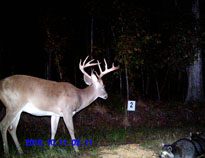   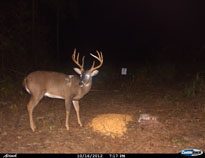  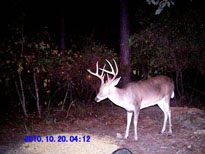 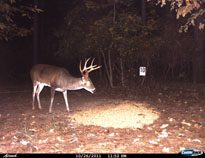 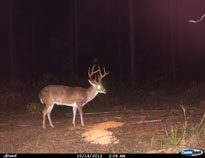 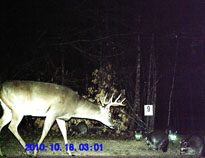 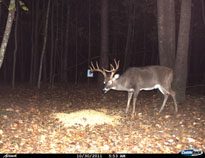 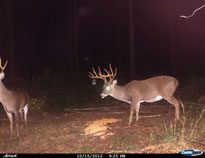 |

